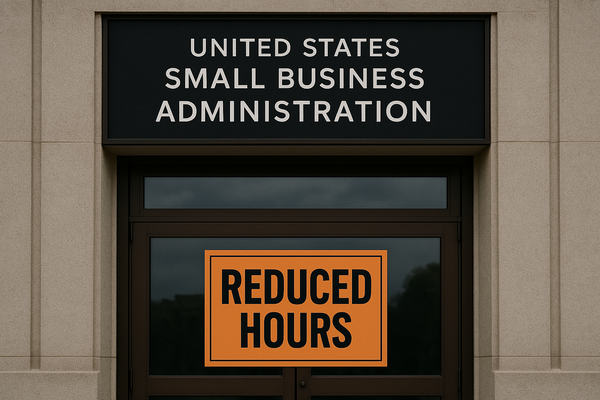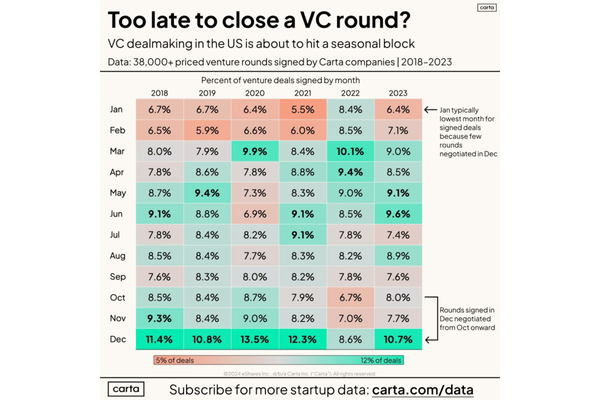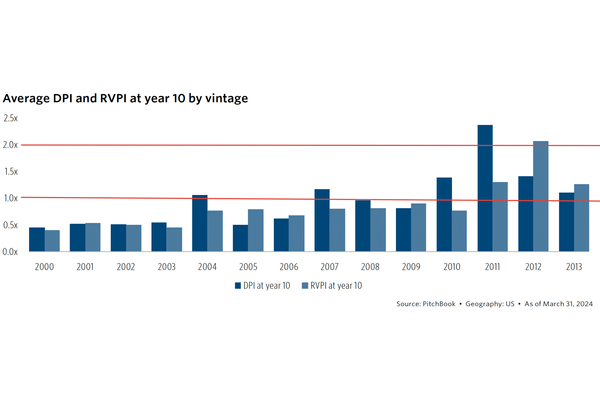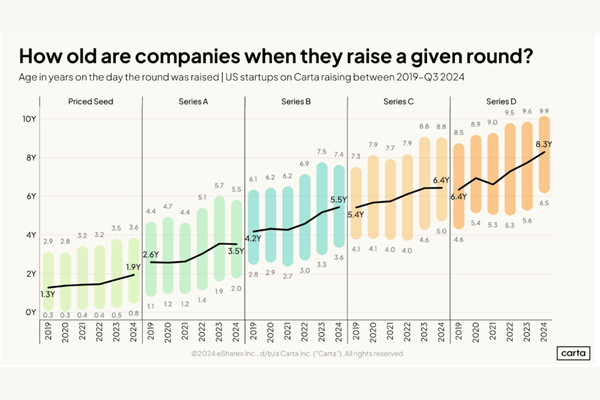How To Steer Your Startup Through The VC Shakeout
Are your current venture investors acting strange?
Did they seem more nervous and jumpy at your last board meeting?
Are you concerned that you’re suddenly not all on the same page?
Venture funds are under a lot of pressure right now. This has implications for your startup as you think about 2024 and beyond.
Let’s talk about it.
What’s happening to venture funds right now?
The venture bubble of 2020 – 2022 certainly made the job of being a VC look easy. LP dollars flowed into venture funds as a zero-interest rate environment left investors scrambling for above-average returns.
The bubble has popped. The tides have turned.
Let’s take a look at the current picture through three charts.
In 2023, U.S. funds raised $67 billion, the lowest amount since 2017.
Many funds are struggling to raise fresh capital, which risks leaving them out of the market for new investments.

US VC’s internal rate of return (IRR) has been negative for three consecutive quarters.
Negative IRR reflects falling portfolio values due to the drop in startup valuations since 2022. Negative IRR results in unhappy limited partners (LPs), and unhappy LPs are less likely to support the next fund.

Net VC fund cash flow has been negative since 2022
Startup exits have fallen dramatically. High interest rates have slowed the M&A market. Continued economic uncertainty has locked up the IPO market.
When there are no exits in a VC portfolio, the fund can’t make any distributions to its limited partners (LPs).
If LPs can’t get cash out of old funds, they don’t have the cash to invest in new funds, accelerating the cycle of decline.

We are in the early innings of a shakeout in venture capital
There are plenty of high-performing funds that will weather this storm just fine.
But an entire tier of underperforming venture funds are at risk of becoming zombie funds. Unable to raise fresh capital. Unable to fund new investments. A portfolio of overvalued, underperforming startups with no path to an exit.
What this means for you and your startup
If your investors are under pressure, it will influence their actions and decision-making related to your startup.
Here are two potential roadblocks ahead that you must watch out for.
Your most supportive board member may be on the way out
Many VC partnerships will get smaller as they have less cash to deploy and lower management fees to share.
Partners rarely get fired in a downturn. They are encouraged to leave simply by shifting the fund’s focus away from their expertise and network, leaving them with no cash to deploy.
💼 As a fund becomes more selective on which portfolio companies it will continue to support, your partner’s startups may no longer be on the shortlist for future funding.
🏭 Many funds will narrow the scope of the sectors they will focus on, leaving your partner on the outside looking in when their network and experience no longer align with the fund’s priorities.
💰 As a fund makes fewer investments, junior partners can no longer get deals approved by more senior partners, freezing them out of the investment pipeline entirely.
Your most supportive board member and investor may leave just when you need them most.
Which leads to the second potential roadblock.
Your investor’s focus shifts to short-term outcomes
If a fund can’t improve the performance of its existing portfolio, it won’t be able to raise its next fund.
This existential threat will force your investors to optimize for short-term outcomes.
At this point, you and your investors are no longer aligned.
Three steps you can take right now to be prepared
Given the nature of venture funds, it will take a long time to shake out some of the weakest funds and work through this consolidation process.
Here are three things you should do to protect yourself and your startup.
Pay attention to your investors’ fund performance
Attend your fund’s LP meetings, where they share details on fund performance and plans for the future.
Keep an eye on the frequency of their investments in new startups.
Watch for changes in staffing or partners starting to head for the exits.
If they haven’t raised a new fund in the past couple of years, ask your partner when they plan to do so.
If you keep your eyes open, plenty of signals speak to fund performance and risk.
Identify your board allies and potential opposition
Talk regularly to your board directors and major preferred investors. Take constructive feedback from supportive investors and identify potential objections from those who are not.
Be proactive, and always have a plan to overcome internal obstacles before they arise.
Understand the distribution of ownership and decision-making
Do you understand your investor’s rights to block and approve certain corporate decisions?
Have you reviewed the distribution of preferred stock and identified a high enough percentage of ownership to back your decisions?
Spend some time with your outside counsel if you need help with this exercise, but you should always be counting the votes you need to execute your plans.
Remember what VCs are hired to do
Venture investors aren’t here to help navigate your most pressing challenges of the day.
Their job is to deliver above-market investment returns for their limited partners (“LPs”).
And right now, that’s harder than it’s ever been.
Watch out for these dynamics. Be proactive.
Stay in control of your startup’s destiny.




